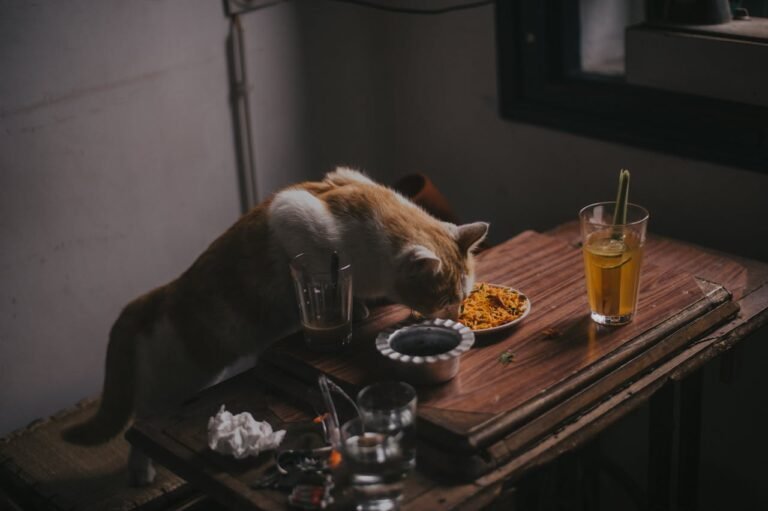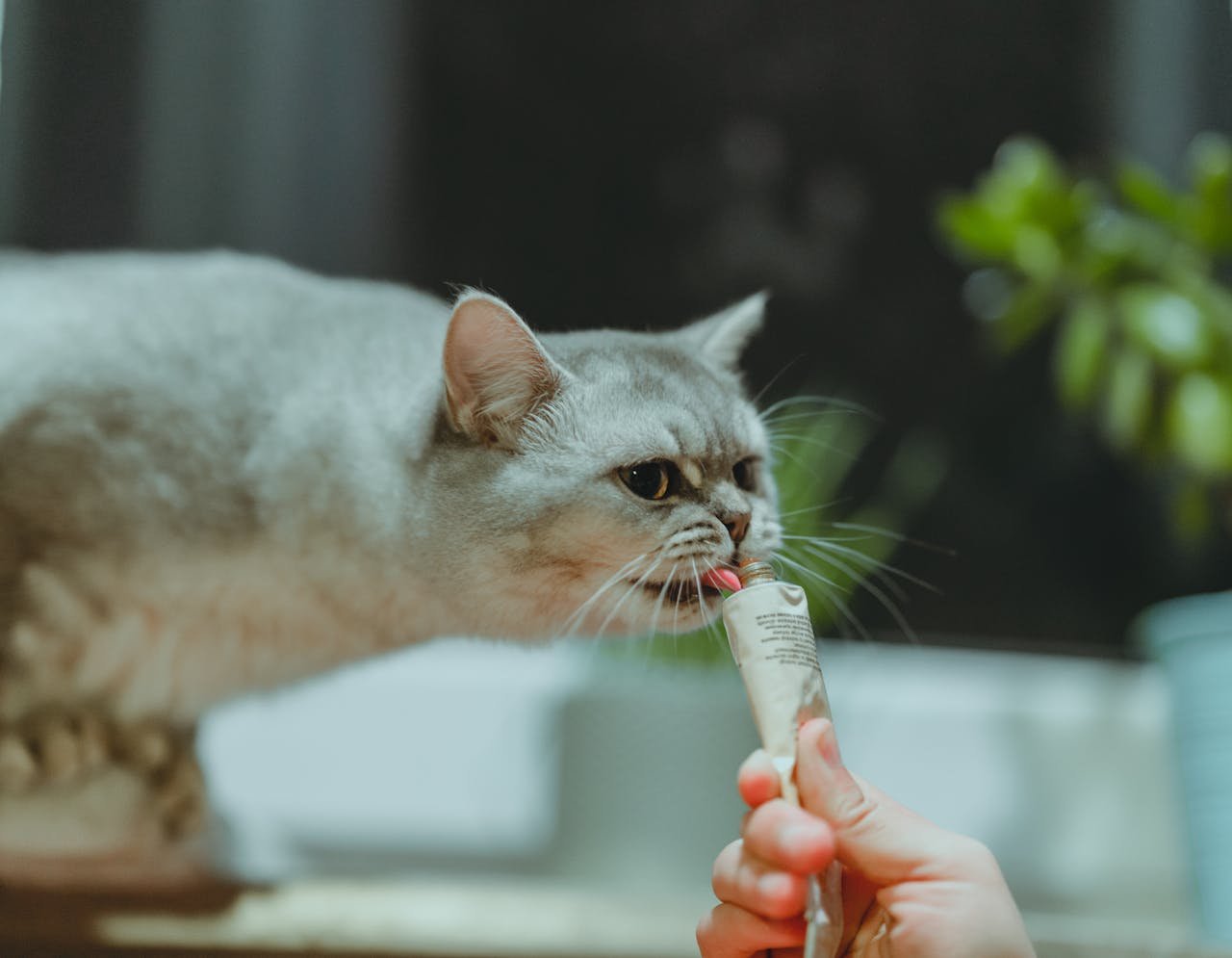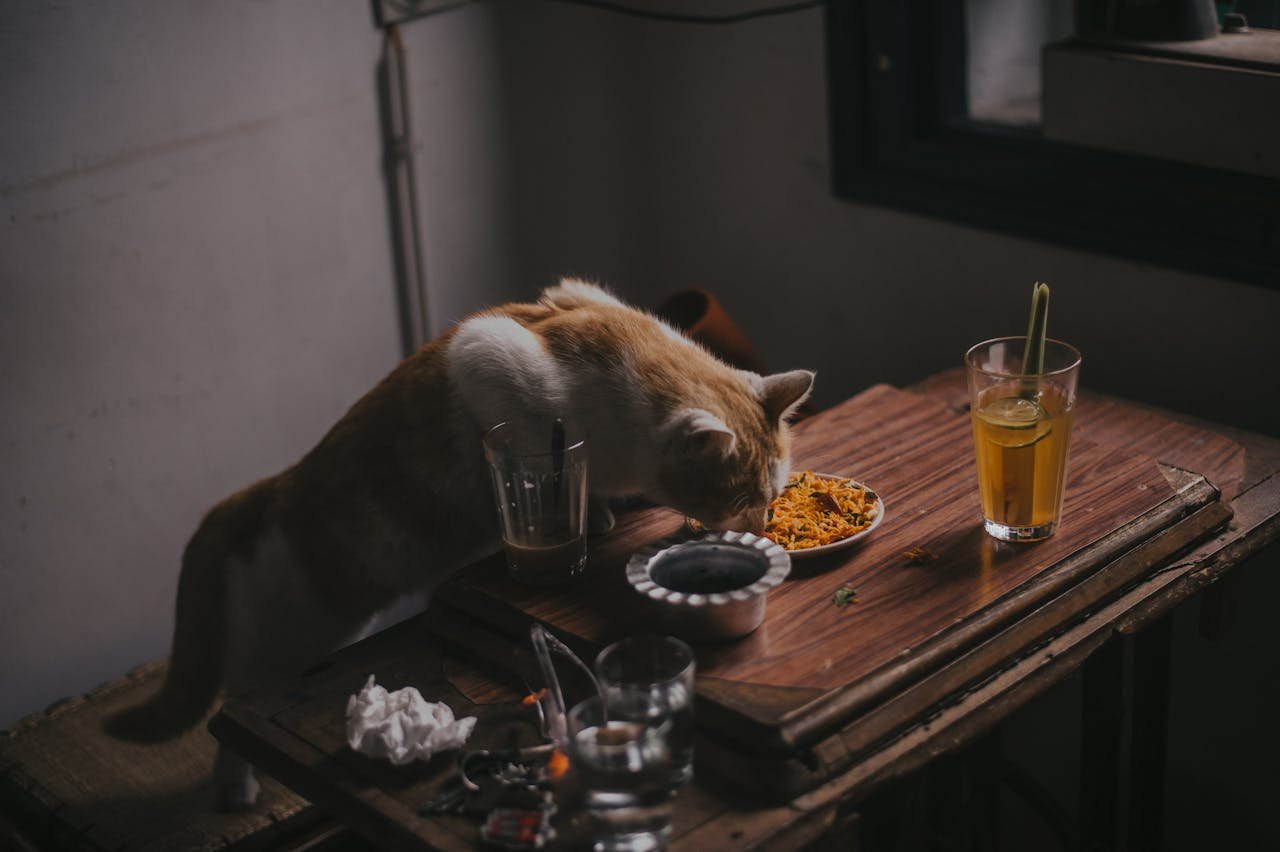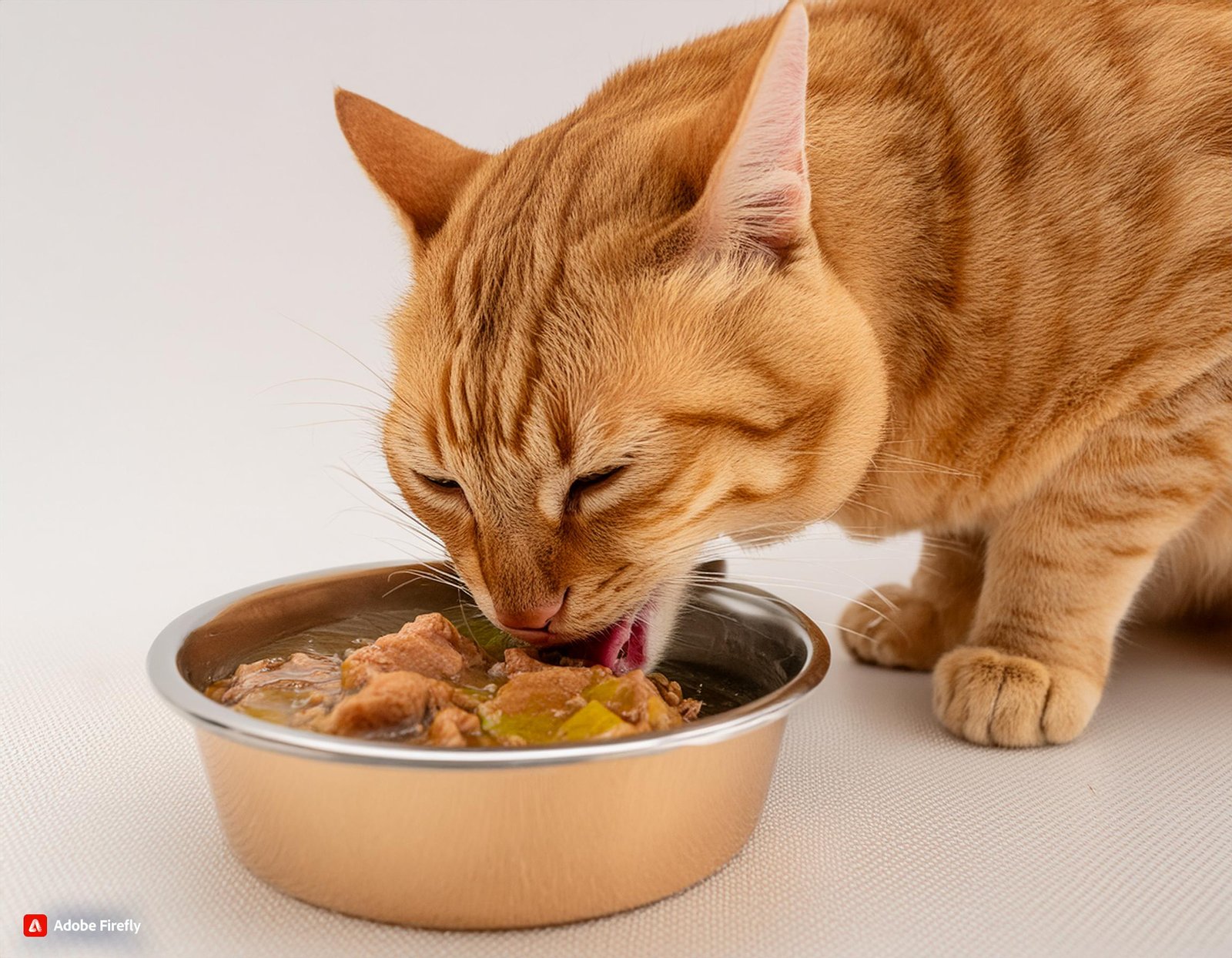Best Dry Cat Foods of 2024: Nutrition, Taste, and Health Benefits Last Updated on 18 August 2024, Care Kitties When choosing the …
What Human Foods Are Safe for Cats? A Comprehensive Guide
Cats are obligate carnivores, and therefore, their diet primarily consists of meat. But there are many types of human foods that can be safely fed to your feline friend and can be a nice addition to your cat’s diet. Though you have to be careful since some foods are bad for the cat, there are others that are good for the cat as far as nutrition is concerned, and that can even help in tackling certain problems. In this article, we will provide you with a detailed list of human foods that are healthy and good for your cat.
Meats Cats Can Eat
- Chicken: Chicken is a lean meat that is very close to replicating the diet a cat is naturally accustomed to. It is light on the stomach and rich in all the required amino acids that are present in the body. Chicken should always be cooked to an appropriate temperature to reduce the chances of foodborne illnesses such as salmonella. It is best to take out any bones before serving, as they may crumble, and the skin, as it is often too fatty. It contains protein, which is important for muscle and tissue buildup and energy provision, and contains B vitamins, which are needed for cellular functions.
- Turkey: Similar to chicken, turkey is also considered a powerhouse of lean protein and makes for a common ingredient in commercial cat foods. It is advisable to ensure that turkey is adequately cooked and the skin as well as bones are eliminated. It can be consumed on its own without adding any seasoning, because spices and salt are toxic to cats. Turkey contributes to strong muscles and taurine, which are immensely beneficial for the heart’s health and vision in cats.
- Beef: The meat, especially beef, contains protein and iron, which in a cat’s diet are of utmost importance. Well, cook the beef and make sure it is not full of fat. Make sure you don’t spice it at all, and make sure it’s diced up into small portions for your cat to consume. Beef is beneficial in the synthesis of red blood cells, and it provides zinc, which helps in coat and immune health.
- Salmon and tuna: These fish are sources of omega-3 fatty acids that are helpful to cats in small amounts rather than large proportions. Cold-cooked salmon or tuna fish can be portioned into small pieces. Raw fish meals should also be avoided, as they can be contaminated with parasites or contain high levels of mercury. Another maintained fish is canned tuna or salmon in water; however, this should be served sparingly. Omega-3s benefit the skin and coat, decrease inflammation, and promote joint health. But fish should be fed sparingly to prevent the provision of mercury to the cat’s body.
Fruits Cats Can Eat
- Apples: Cats are able to eat apples, provided that the skin of the apple is removed along with the seeds. Apples served raw and chopped into small pieces make them easier to eat. There should be no seeds or cores, as they can be poisonous. Apples have fiber and vitamin C that help in digestion and improve the body’s immune response.
- Blueberries: Blueberries are petite in size, convenient for cats and relatively low in sugar. These berries can be eaten fresh and raw, with the skin on, or peeled and mashed slightly for better digestion. They contain a lot of antioxidants to help draw off free radicals from changing the structure and functionality of cells.
- Bananas: Bananas should be avoided in large quantities, but they can be included in the diet of the cats once in a while. You can cut it into tiny pieces or blend it to sprinkle over the cat food. Do not give too much because this food contains too much sugar, and we know that sugar is not very good for cats. The intake of bananas safeguards the heart and speeds up digestion since bananas contain potassium and fiber, respectively.
- Watermelon: Watermelon is 90% water and can be very useful in helping a cat stay well-hydrated, especially during a dry or hot period. Cut the watermelon into small pieces, and also do not serve the seeds or the rind. It should be served raw and fresh. Watermelon supplies the human body with water and vitamins A and C, which help with eye sight and enhance the immune system.
Vegetables: Nutrient-Rich Supplements
- Carrots: Though cats are largely carnivorous, they can be fed carrots but should only be given cooked carrots that have been chopped into small pieces. Steam the carrots until they are tender, then chop them into small pieces to minimize choking on foods. Finally, do not offer your cat raw carrots, as they are so hard that the cat cannot properly chew them. Carrots contain a large amount of beta-carotene that is converted to vitamin A, which is needed for the proper functioning of the eyes and immune system.
- Peas: Many commercial cat foods contain peas, and these are not toxic to cats, as some people believe. Offer the peas plain and seasoned or boiled, and put them on the mash when they are a bit mushy. It’s okay to combine them with the cat’s daily meals. You just have to make sure that the cat eats it up. Essential nutrients like vitamins A, C, and K and dietary fiber that are important in digestion are present in peas.Pumpkin
- Pumpkin : Pumpkin is completely safe and is actually often suggested for a cat that has digestive issues. Before consumption, pumpkin has to be cooked and pulsed. It can be combined with the commercial cat’s diet or fed to the cat independently. Do not feed your cat raw pumpkin or the seeds. Pumpkin has fiber content, which assists in treating cases of constipation or diarrhea and thus makes the colon regular.
- Green Beans: Cats can eat green beans, and they are particularly suitable for overweight cats since they contain a very low number of calories. Illustration: Green beans should be cooked or steamed to softness and chopped into small pieces. Do not add any salt to them or any kind of seasoning to them. They are good for vitamins and fiber, which aid digestion and weight management.
Other Safe Human Foods
- Eggs: Cats can be given eggs, but they have to be in boiled form because raw eggs can cause biotin deficiency in the cat.Chicken eggs can be served in only two forms: scrambled or boiled, and they must always be well cooked. Do not sprinkle any spices on them, and take them raw. Protein is fundamental in muscle construction and repair, and eggs are nutrient-dense sources of protein containing various amino acids.
- Plain Yogurt: Vanilla yogurt does not pose much harm to most of the cats, and plain yogurt has the added benefits of probiotics.Provide a scoop of low-fat yogurt without adding any seasoning. Refrain from taking any that are flavored or have any form of sweetener added to them because they contain the proscribed substances, such as sugar or aspartame. Yogurt also has the added benefit of helping digestion and overall gut health; however, it should be fed in moderation.
- Oatmeal: Oatmeal is a secure grain for cats and should be incorporated into their regular diet. Properly prepare oatmeal with water and do not add milk; serve it without any additions such as sugar or fruit. It can be combined with the cat’s dry food or just given to the cat as a tasty snack on its own. Oatmeal has fiber and is a mild type of grain that does not upset the stomach of the cat; hence, it is recommended for cats with digestion complaints.
So we hope this article has provided you with a good idea of what kind of human foods you can provide to your cat and how to cook them so that your cat gets the best out of those foods. We hope you cat becomes healthier and live a long life!
Related Articles
Top 8 Best Nutritional Kitten Foods Last Updated on 15 August 2024, Care Kitties The kitten stage is the most crucial period …
How to Change Your Cat’s Eating Habits: A Step-by-Step Guide Last Updated on 10 August 2024, Care Kitties Modifying the feeding schedule …
Beware the Liver Trap: Protecting Your Cat from Nutrient Overload Last Updated on 10 August 2024, Care Kitties As a pet owner, …
What Human Foods Are Safe for Cats? A Comprehensive Guide Last Updated on 08 August 2024, Care Kitties Cats are obligate carnivores, …
How You Should Develop Your Cat’s Eating Habits? Last Updated on 17 May 2024, Care Kitties Like humans, eating is also a …







